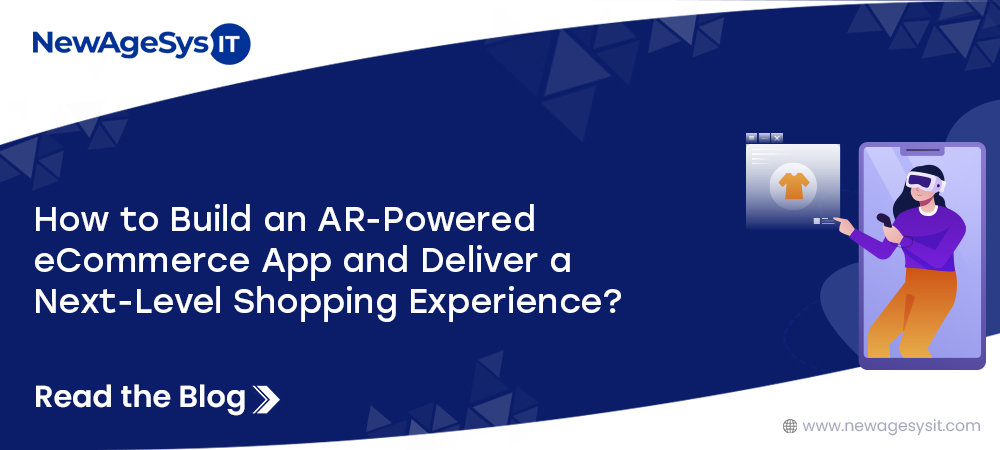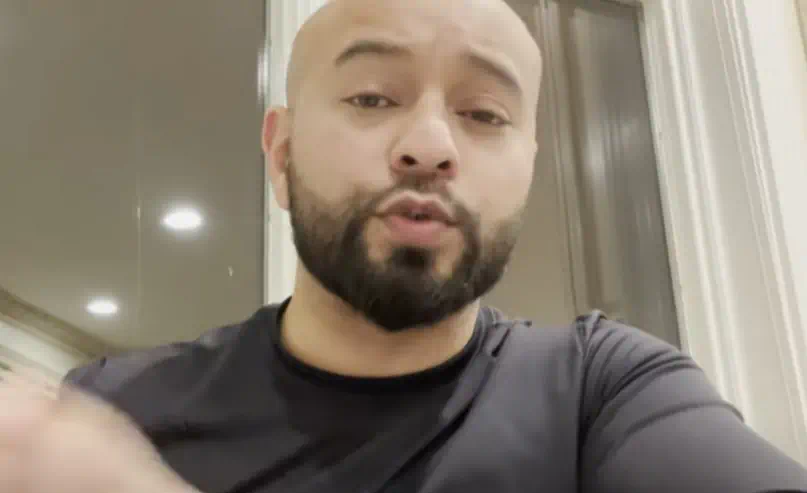Developing a mobile banking app can be challenging due to the high level of security and functionality required. However, adhering to a structured process can help you create an effective mobile banking application in today’s highly competitive market. The following step-by-step guide outlines how to develop a successful mobile banking app.
Step 1: Conduct Market Research and Develop a Plan
The first step in developing a mobile banking app is conducting thorough market research. Identify your competitors and alternative products in the marketplace to understand the solutions that appeal to your target audience. Researching your audience’s pain points will also help you improve how your app serves them. Once you have a clear understanding of the market and your target audience, you can formulate a development plan for your mobile banking app.
Step 2: Build a Prototype
Creating a prototype is crucial to demonstrate the functionality of your mobile banking app. The prototype will showcase the overall structure and preliminary design, including the visual and content elements you envision for the final product. Prototyping typically begins with low-fidelity wireframing, which involves sketching elements such as:
- Home screen
- Personal dashboards
- Landing page layouts
You can use the wireframe to validate concepts and gather early feedback. After this, you can transform your wireframe into a high-fidelity prototype that includes:
- Graphic presentation
- Advanced layout models
- Interface components
- Micro-interactions
Step 3: Create an Attractive Graphic Design
Developing a unique and appealing graphic design requires significant effort. Consider several factors when creating a layout for your banking app. Essential design elements or features to consider include:
- Ensuring typography, icons, and color palettes align with your branding.
- Including comprehensive design elements such as buttons, icons, and links.
- Considering cultural nuances in design for global projects.
- Ensuring compatibility with both iOS and Android platforms.
Step 4: Pick a Technology Stack
When choosing a technology stack, focus on four main areas:
- Front-end
- Back-end
- Cross-platform frameworks
- Prerequisites such as security and robustness
Additionally, create a checklist that includes project criteria such as scope, complexity, and scalability. Decide whether you want native apps or hybrid solutions for your mobile banking app.
Step 5: Develop and Test the App
Develop the app according to the data you have collected and your plan. The app should undergo extensive and repeated testing to optimize the in-app experience, improve core metrics, and refine its features.
A recommended approach for creating a mobile banking app is to outsource your development project to an experienced team like NewAgeSysIT. The experts at NewAgeSysIT can ensure that your app is developed precisely as you envisioned, without compromising on quality.
Step 6: Market Your Banking App and Gather Customer Feedback
No app can succeed in today’s competitive market without a robust marketing campaign. Ensure that your app is available in all major app marketplaces, including Google Play, the App Store, and the Microsoft Store.
Step 7: Ensure Regular Updates for Your Banking App
Your app’s success depends on continuous improvements and updates. Customer feedback is crucial; always listen to your customers to understand and address their pain points efficiently. Additionally, consider employing influencers and content creators to test your product and optimize it accordingly.
Conclusion
Creating a mobile banking app is manageable if you have a reliable mobile app development partner like NewAgeSysIT. Our experts at NewAgeSysIT have extensive experience in creating attractive and functional mobile app solutions. We ensure that all the aforementioned steps are followed, helping you develop a superior mobile app for your banking business.








